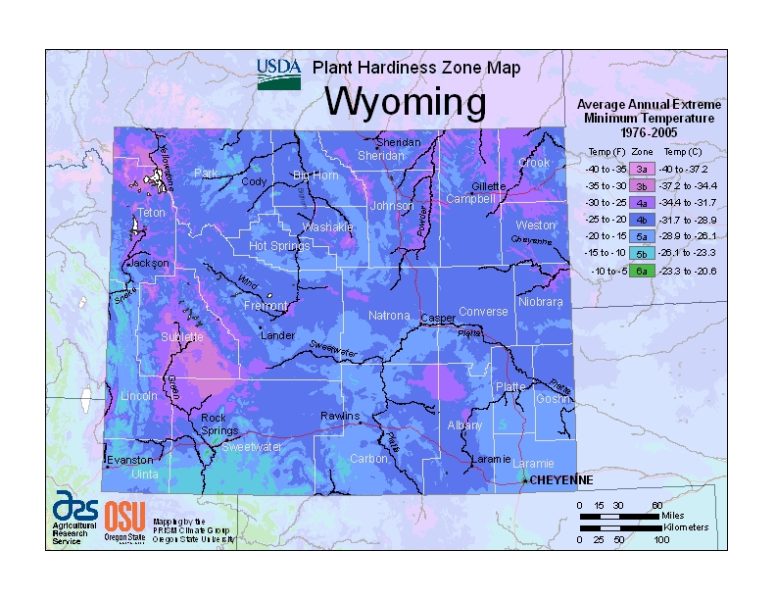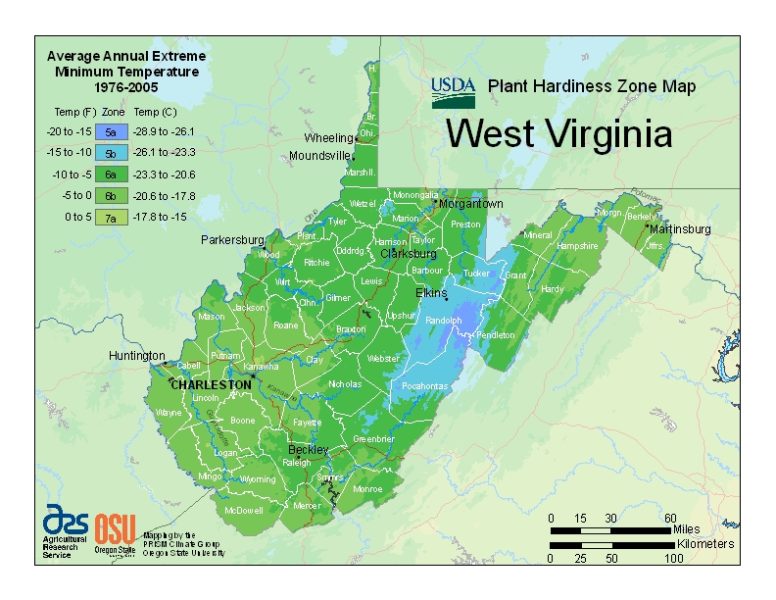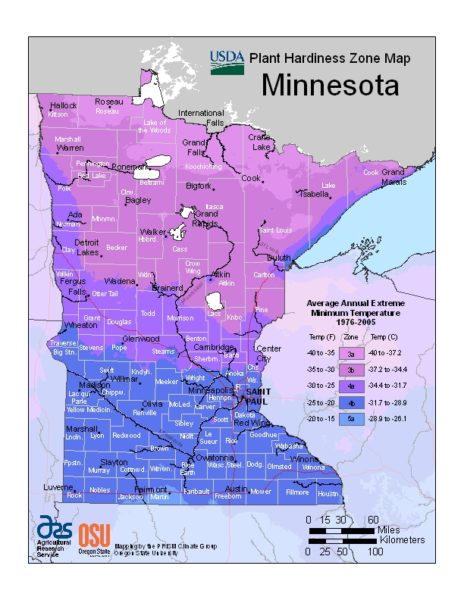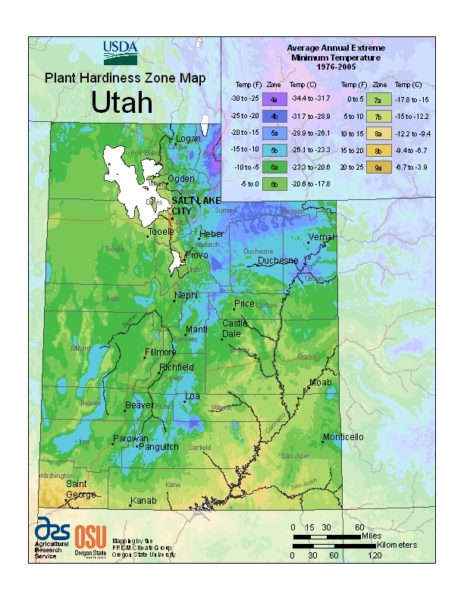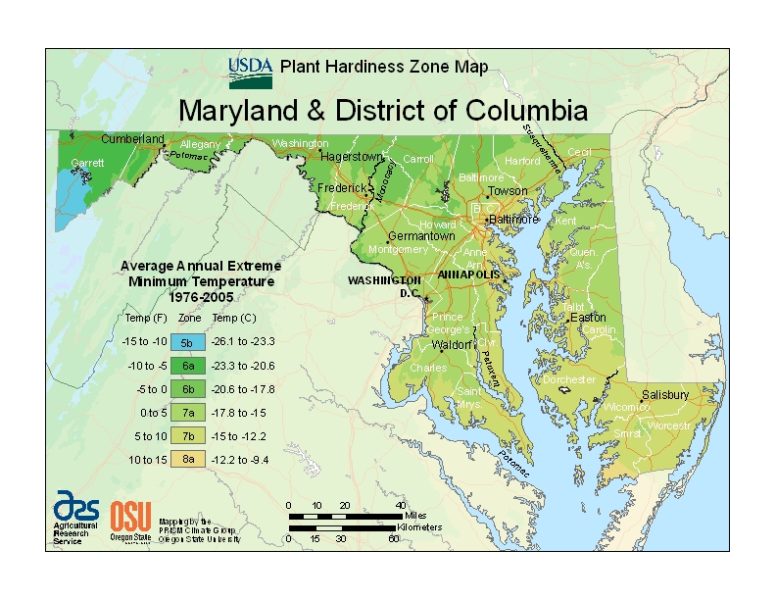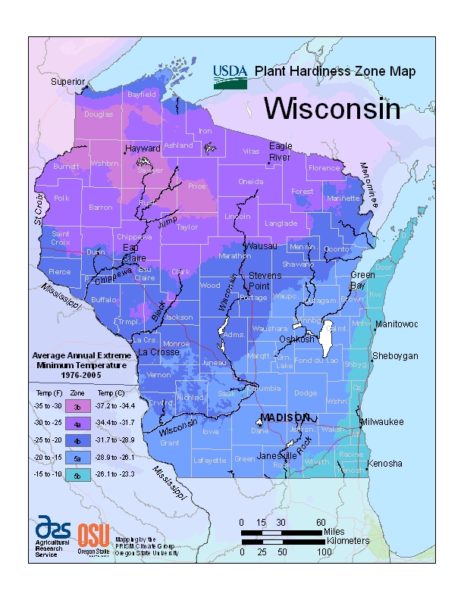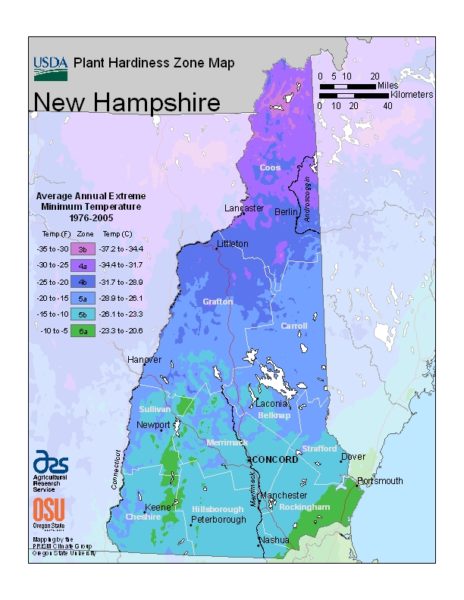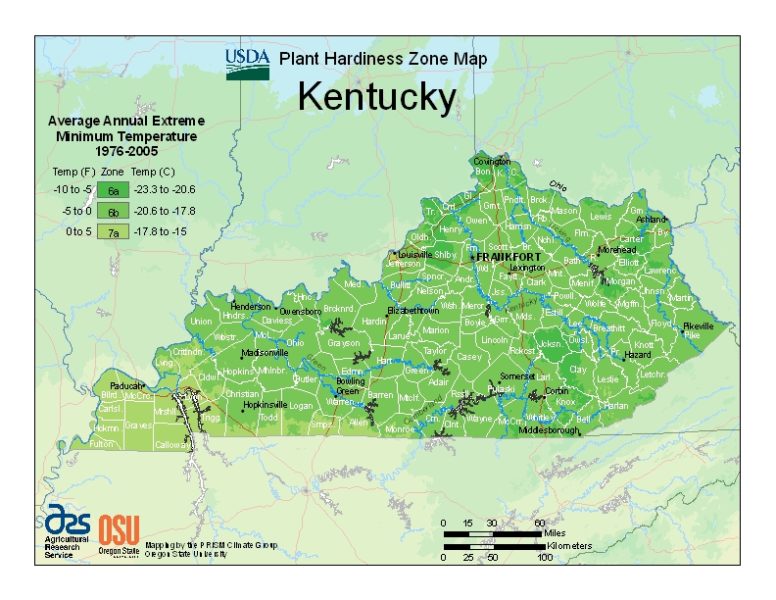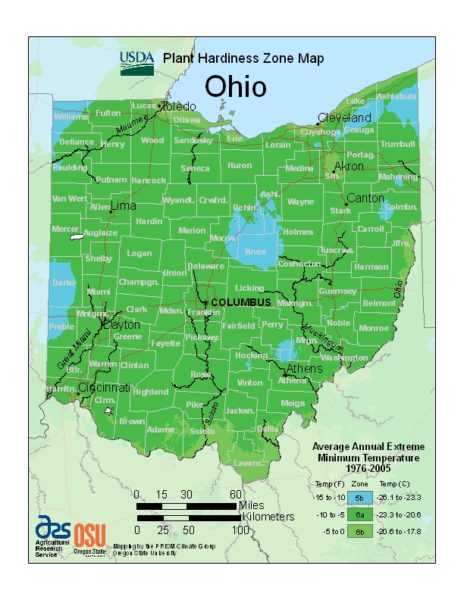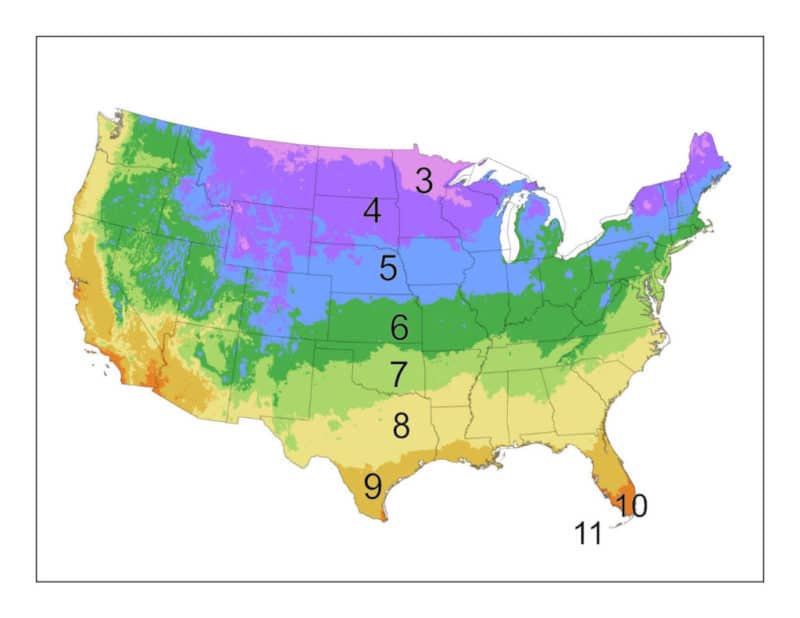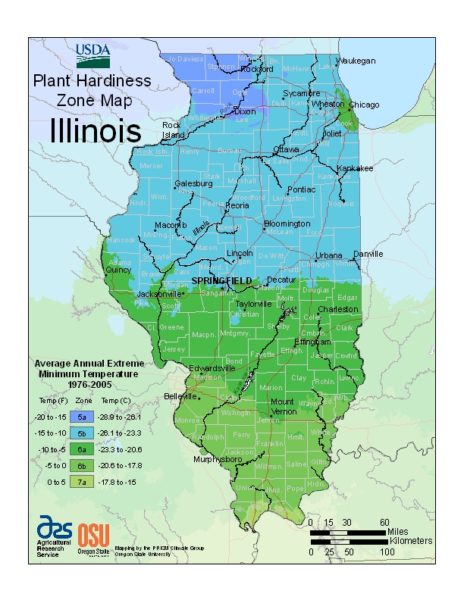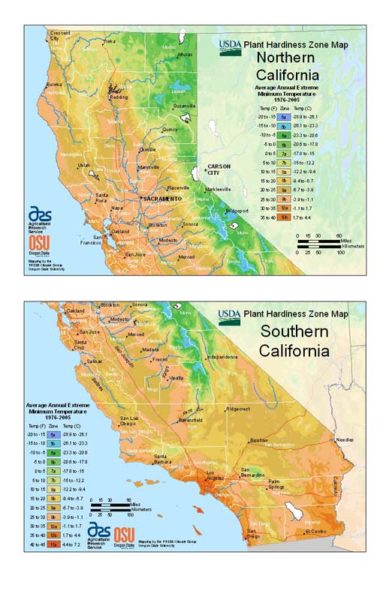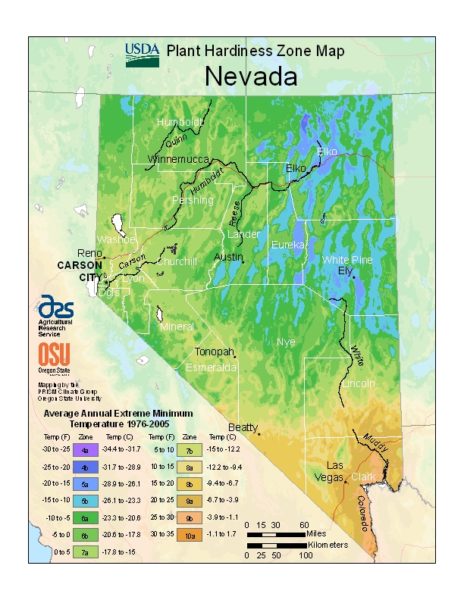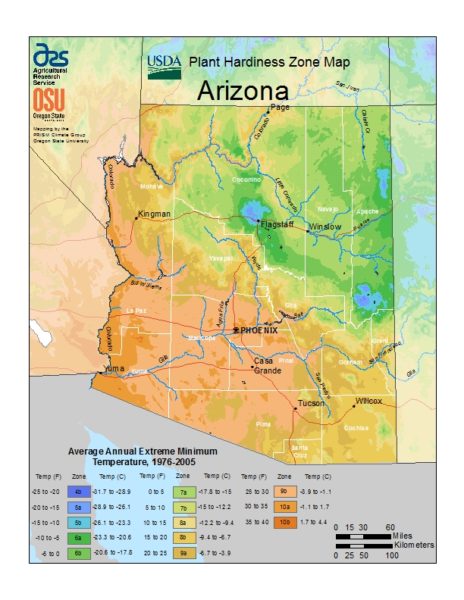
Last Updated on April 16, 2024

Introduction
When I first started working at a nursery, there were so many horticultural words being thrown around. Heck, I didn’t even know what deciduous meant! It took a while to gain the knowledge and level of understanding of all the common and botanical names of various species of plants and trees.
When it comes to selecting the right plants for a garden or landscape, it’s crucial to understand the distinctions between different types. One of the fundamental differences is between evergreen and deciduous trees and shrubs. In this article, we will delve into the dissimilarities of these plant categories and explore their unique characteristics and benefits.
Evergreen Trees and Shrubs
Evergreen plants refer to those that maintain their foliage throughout the year, regardless of the season. These plants are typically characterized by leaves that retain their color and shape for an extended period. Some well-known examples of evergreen trees include pine, cedar, and cypress, while popular evergreen shrubs include holly, boxwood, and rhododendron.
Deciduous Trees and Shrubs
Deciduous plants, on the other hand, undergo seasonal changes that result in the shedding of their leaves. During autumn, deciduous trees and shrubs display a beautiful transition of colors before dropping their leaves for the winter season. Common deciduous tree varieties include oak, maple, and birch, while notable deciduous shrubs include rose, forsythia, and butterfly bush.
Differences in Leaf Persistence
Leaf persistence is a crucial characteristic that distinguishes evergreen and deciduous plants. Evergreen trees and shrubs possess leaves that typically live for several years, gradually shedding old leaves as new ones emerge. This pattern ensures they maintain their foliage even during the colder months. In contrast, deciduous plants experience a cyclical process where leaves fall off entirely and regrow when conditions are suitable.
During the growing season, evergreen plants continually produce chlorophyll, the pigment responsible for the green color of leaves. This sustained photosynthetic activity enables them to adapt to low light and harsh winter conditions. Deciduous plants, however, halt photosynthesis and store nutrients in their woody parts or roots, leading to leaf senescence and eventual shedding.
Seasonal Changes
One of the most captivating aspects of deciduous trees and shrubs is their seasonal transformation. As the days shorten and temperatures drop in autumn, deciduous plants prepare for winter by absorbing nutrients from leaves, triggering changes in pigmentation. This transition results in spectacular displays of vivid hues like red, orange, and yellow before the leaves finally fall. In contrast, evergreen plants experience minimal seasonal changes, retaining their characteristic green appearance all year round.
The stark contrast in appearance throughout the year makes deciduous trees and shrubs particularly attractive for landscapers and nature enthusiasts. The vibrant colors and subsequent leaf drop serve as a symbol of seasonal change and create breathtaking visuals in gardens and parks.
Comparing Foliage and Appearance
The foliage of evergreen and deciduous plants varies greatly, contributing to their distinct aesthetic appeal. Evergreen leaves tend to be more needle-like or scale-like, enabling them to conserve water and withstand extreme conditions. The shapes and sizes of evergreen leaves vary significantly depending on the plant species, ranging from long and slender needles in pines to small and thick scales in junipers.
Deciduous leaves display a broader range of shapes, textures, and colors. From the iconic lobed leaves of maple trees to the delicate palmate or pinnate leaves of flowering shrubs, deciduous foliage offers versatility and visual interest. The color changes during autumn make deciduous plants particularly captivating, with leaves transforming into fiery reds, vibrant oranges, and warm yellows. This variation adds depth and complexity to landscapes.
Common Misconceptions
There are a few misconceptions surrounding evergreen and deciduous plants that need to be clarified. One widespread misconception is that all evergreen trees and shrubs retain their leaves forever, which is not accurate. While evergreen plants have a more extended leaf life compared to deciduous plants, they still shed old leaves and generate new ones periodically.
Another misconception is that deciduous plants are weaker than evergreens. However, deciduous trees and shrubs have evolved mechanisms to adapt to seasonal changes and thrive in diverse environments. The cyclic shedding of leaves is a survival strategy rather than a sign of weakness.
Environmental Adaptability
Evergreen trees and shrubs exhibit unparalleled adaptability to a wide range of climates. From cold regions to coastal areas, evergreen plants have evolved mechanisms to withstand harsh conditions like freezing temperatures, strong winds, and saline environments. For instance, coniferous evergreen trees, such as pines, possess needle-like leaves that minimize water loss and prevent snow accumulation, making them well-suited for colder climates.
Deciduous trees and shrubs, on the other hand, are renowned for their ability to adapt to changing seasons. By shedding their leaves, these plants conserve energy during winter when the availability of resources is reduced. Moreover, the absence of leaves facilitates photosynthesis when temperatures rise during spring and summer, maximizing their growth potential. This adaptability ensures the survival and resilience of deciduous plants across various climatic conditions.
Economic and Ecological Importance
Evergreen trees and shrubs hold significant economic value due to their applicability in various industries. The timber industry heavily relies on evergreen species, such as pine and cedar, for their high-quality wood used in construction, furniture production, and paper manufacturing. Additionally, evergreens play a crucial role in providing shelter for wildlife, acting as windbreaks, and preventing soil erosion.
Deciduous trees and shrubs, while not directly used in the timber industry, possess ecological significance. The leaf litter created by deciduous plants contributes to nutrient recycling and forms a rich layer of organic matter on forest floors, supporting diverse ecosystems. Furthermore, the vibrant flowers and fruits produced by many deciduous shrubs attract pollinators and provide nourishment for birds and animals.
Landscaping Considerations
When it comes to choosing trees and shrubs for your home landscaping projects, understanding the differences between evergreen and deciduous plants is paramount. Each type has its own set of advantages and considerations.
Evergreen trees and shrubs are highly valued for their year-round greenery and privacy screens. They provide consistent visual appeal and can be strategically placed to create natural barriers in gardens or act as backdrop plants. However, evergreens may limit the amount of sunlight that reaches other parts of the landscape and can overshadow smaller plants.
Deciduous trees and shrubs offer a more dynamic landscape, with seasonal interest and changing appearances. They are particularly desirable for gardens where diverse flowering and foliage plants are desired. The leafless period during winter can also allow sunlight to reach other plants and encourage growth. However, deciduous plants may require additional cleanup due to their leaf drop, which could be a factor to consider when planning for maintenance.
Maintenance and Care
Maintenance requirements for evergreen trees and shrubs differ from those of deciduous plants. Evergreens generally require minimal trimming or pruning but may benefit from occasional shaping to maintain a desired form. Ensuring proper watering, especially during periods of drought, is crucial for their health and growth. Additionally, specific evergreen species may have unique care requirements, such as winter protection for vulnerable varieties.
Deciduous plants, especially ornamental trees and shrubs, often necessitate regular pruning to maintain shape, remove dead wood, and encourage healthy growth. Specific pruning techniques, such as rejuvenation or crown thinning, can be employed depending on the desired outcome. Proper timing of pruning is also essential, with many deciduous plants benefiting from pruning during their dormant period in late winter or early spring.
Wildlife and Habitat Considerations
The foliage of evergreen trees and shrubs provides a critical year-round habitat for many wildlife species. These verdant structures offer shelter, nesting sites, and protection from predators. The dense canopies of evergreens often accommodate bird nests, while the foliage serves as a refuge for smaller mammals during harsh weather conditions.
Deciduous trees and shrubs also play a significant role in supporting biodiversity and wildlife. They provide a broader food source for animals, with the abundance of flowers, fruits, and seeds attracting pollinators, birds, and mammals. The leafy structures and branching patterns of deciduous plants create intricate environments that support a wide range of organisms.
Choosing the Right Trees and Shrubs
Selecting the appropriate trees and shrubs for your landscape depends on several factors, including climate, purpose, and personal preference. Evergreen plants are ideal for creating privacy screens, noise reduction, or windbreaks. They also offer year-round foliage that can add color and texture to your landscape design. Deciduous trees and shrubs are better suited if you desire seasonal changes, diverse floral displays, or want to encourage wildlife presence in your garden.
When considering climate, take into account the hardiness zone in which you reside. You can view hardiness grow zone maps for each state here. There is also an interactive map from the USDA. Just enter your zip code and it will tell you what grow zone you are in.
Certain evergreen and deciduous species are better adapted to specific zones, ensuring their successful growth and survival. Moreover, consider the intended purpose, whether it’s shade creation, ornamental value, or providing a backdrop for other plants.
Personal preference plays a significant role in making the final decision. Consider whether you prefer the visual impact of evergreen plants throughout the year or the varying seasonal charm of deciduous plants. Evaluating all these factors will help you make an informed choice that aligns with your landscaping goals.
Conclusion
In summary, understanding the difference between evergreen and deciduous trees and shrubs is crucial for selecting suitable plants for your garden or landscaping projects. Evergreen plants retain their foliage year-round, adapting to various climates and providing consistent greenery. Deciduous plants shed their leaves in response to seasonal changes, resulting in vibrant displays and supporting diverse ecosystems. Whether you prefer the year-long greenery of evergreens or the colorful transitions of deciduous plants, both have their unique characteristics and benefits. Consider your climate, purpose, and personal preference to choose the right trees and shrubs that enhance your landscape and contribute to the overall beauty of your surroundings.
Evergreen and Deciduous Frequently Asked Questions
Do evergreen trees and shrubs always stay green?
No, while they maintain their foliage throughout the year, evergreen plants shed old leaves and produce new ones periodically.
Do deciduous plants die during winter?
Deciduous plants do not die during winter. They shed their leaves and remain dormant until spring, when new growth emerges.
Can deciduous trees be used as shade trees?
Yes, many deciduous trees, such as oaks and maples, provide ample shade during the summer months when their foliage is abundant.
Do evergreen trees and shrubs attract wildlife?
Yes, evergreen trees and shrubs provide habitat and nesting sites for various bird species, and their dense foliage can shelter smaller mammals.
Can I have a mix of evergreen and deciduous plants in my garden?
Absolutely! Combining evergreen and deciduous plants in your garden can create visually interesting landscapes that showcase year-round greenery along with seasonal changes.
- Summer’s Saviors: 7 Drought Tolerant Perennials to Plant Now - July 26, 2024
- Why Your New Plants Sleep, Creep, Leap - July 26, 2024
- 5 Easy Landscape Tips to Increase Your Home Value - June 28, 2024




